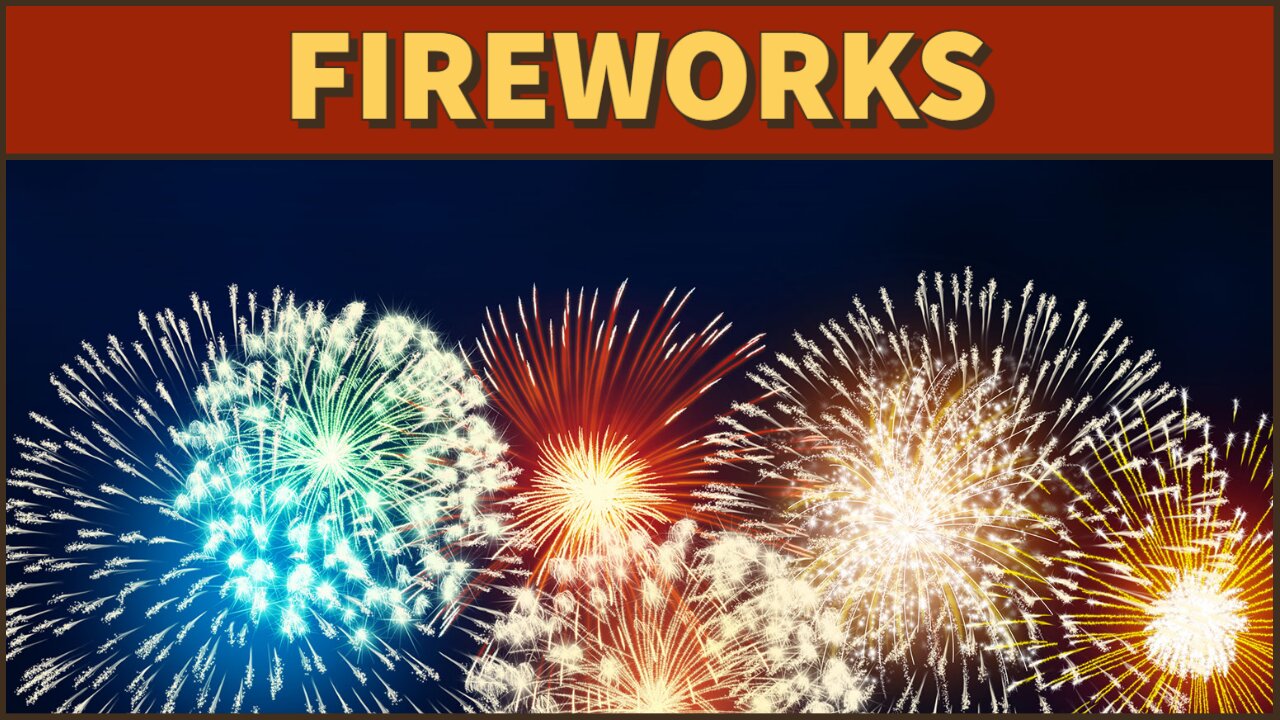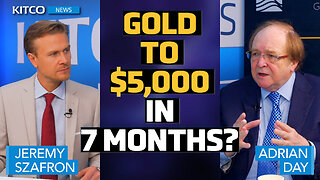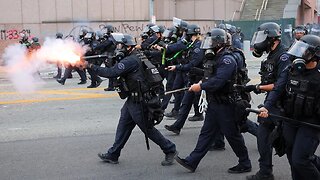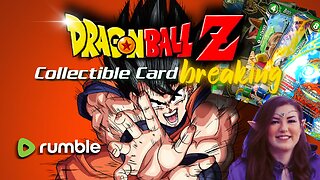Premium Only Content

How do fireworks produce colour?
A fireworks display is an explosion designed for maximum visual impact.
Before the oohs and ahs, however, the first challenge is to get a packet of chemical reactants into the sky.
This is usually accomplished with simple gunpowder, lit by a fuse.
The gunpowder is packed so that the resultant expanding gases are forced to escape rearward.
his propels the shell upward until the fuse burns into what's called the burst charge at its core.
The burst charge chemicals explode, lighting and casting in all direction hundreds of stars, small packages of reactants selected to create colour.
The reactants are metallic salts: lithium and strongium produces red; barium nitrates make green; copper compounds result in blue; sodium creates yellow; charcoal and steel produce sparkling gold; and titanium makes white.
The chemicals undergo a fast and violent reaction; bonds among molecules of the solid chemicals break apart, yielding hot, concentrated gases that spread out in a flash, transforming energy into sound, movement, and coloured light.
-
 22:48
22:48
marcushouse
1 day ago $8.03 earnedAnother Big Week for Starship… But What on Earth is Going On!?
36.6K4 -
 9:39
9:39
Degenerate Jay
23 hours ago $1.97 earned007 First Light Looks Great! - New James Bond Game Footage!
25.3K -
 32:38
32:38
Kitco NEWS
2 days agoImpending U.S. Fiscal Emergency: Fed's QE Revival May Propel Gold to $5,000
30.2K9 -
 11:04
11:04
WhaddoYouMeme
1 day ago $3.48 earnedI Asked ChatGPT to Play The Devil. Here's What it Told Me
18.9K19 -
 16:27
16:27
IsaacButterfield
2 days ago $4.84 earnedINSANE WOKE TIKTOKS THAT WILL MELT YOUR BRAIN!
29.5K13 -
 9:14
9:14
ARFCOM News
1 day ago $1.99 earnedMexico Loses, Big Blue WINS | Moms Demand Speaker Made It All Up | FL Repeals Emergency Carry Ban
19.8K6 -
 17:54
17:54
Professor Gerdes Explains 🇺🇦
1 day agoRussia’s Using Bombers They Can’t Afford to Lose - Here’s Why
22.6K35 -
 4:17:52
4:17:52
DDayCobra
10 hours ago $47.76 earnedLos Angeles Riots - President Trump Takes FULL Control Over California National Guard
44.8K50 -
 3:30:29
3:30:29
SilverFox
11 hours ago🔴LIVE - FIRST LOOK - TOM CLANCY'S THE DIVISION 2
40.1K3 -
 4:39:57
4:39:57
CassaiyanGaming
16 hours agoOpening Dragon Ball Z Collectible Cards | Saturday at 8pm central
15.9K